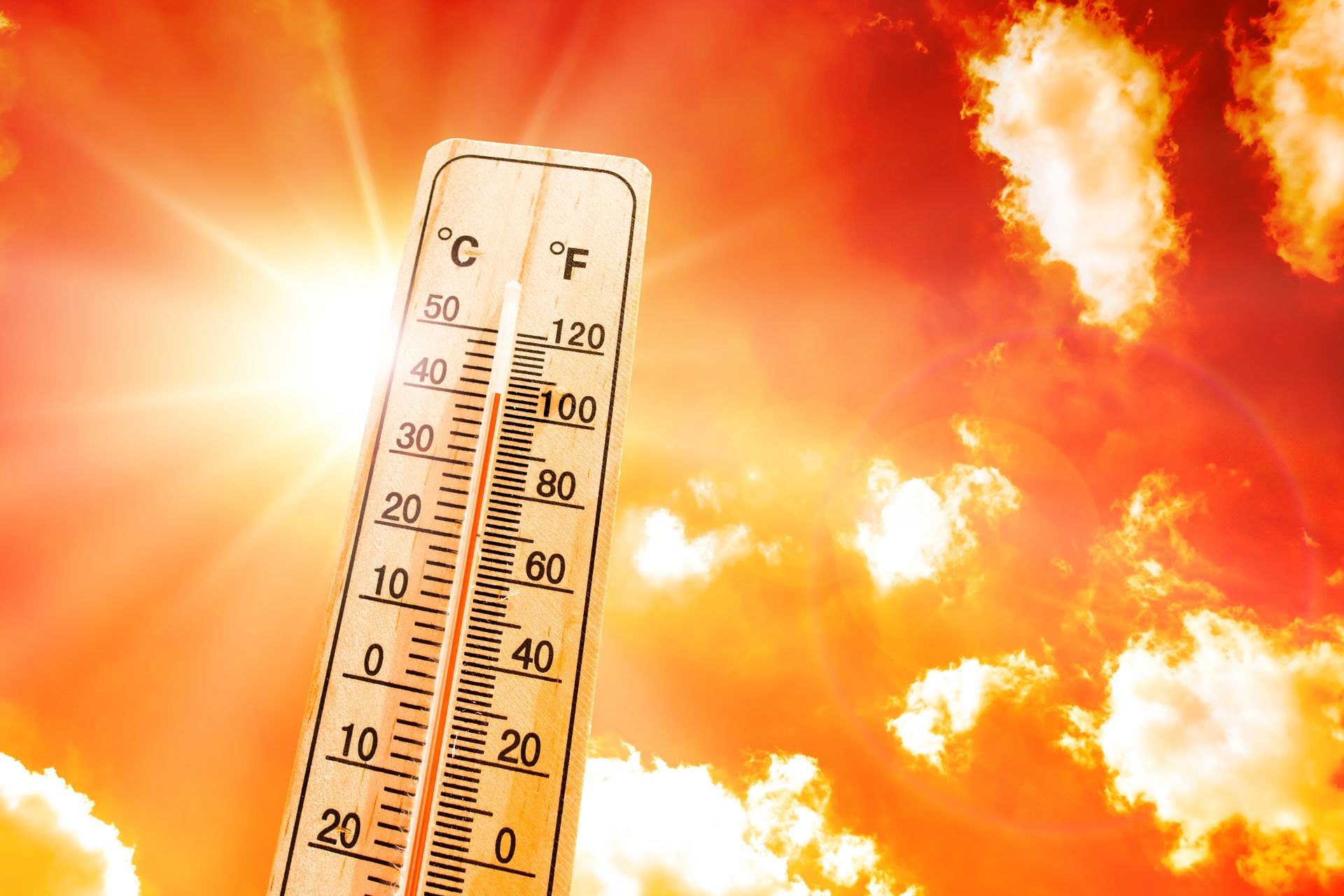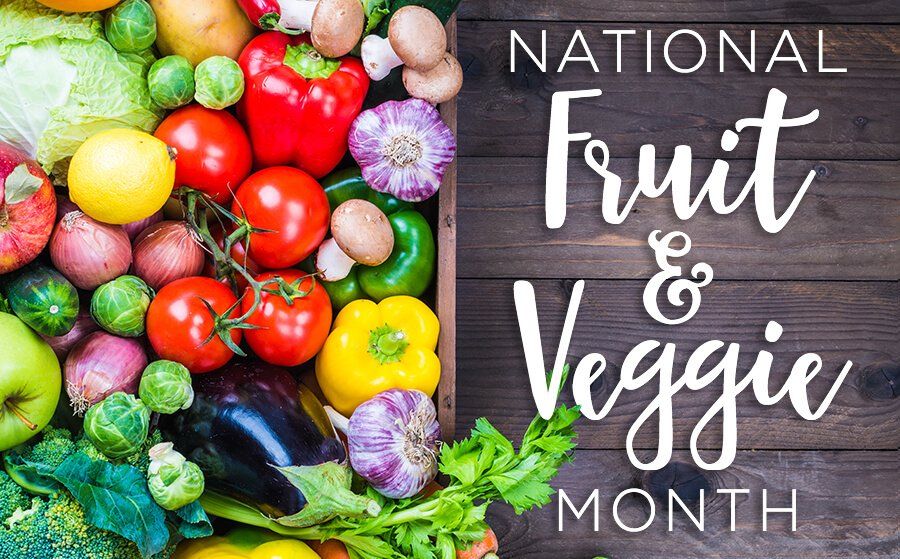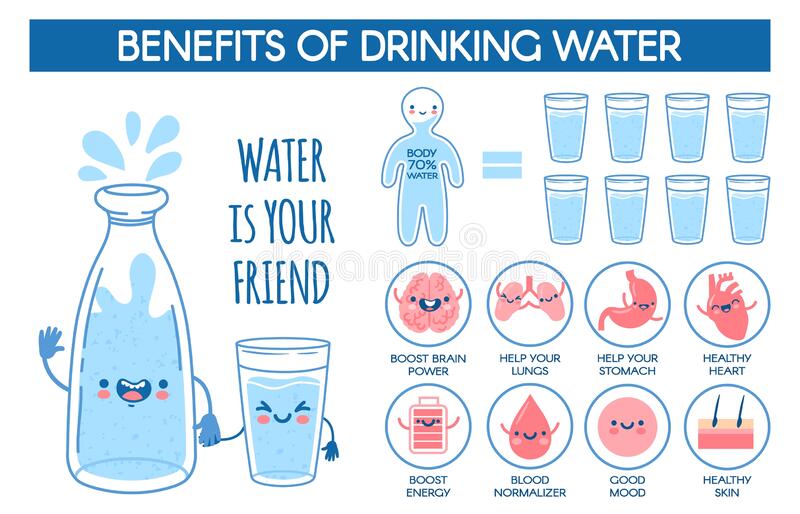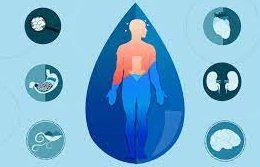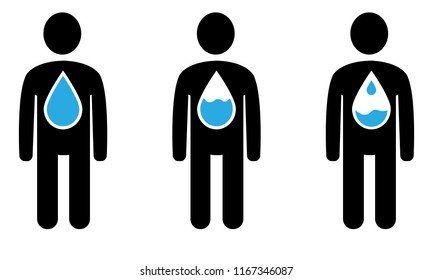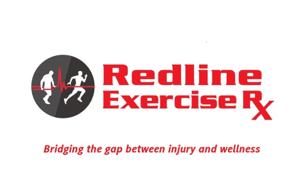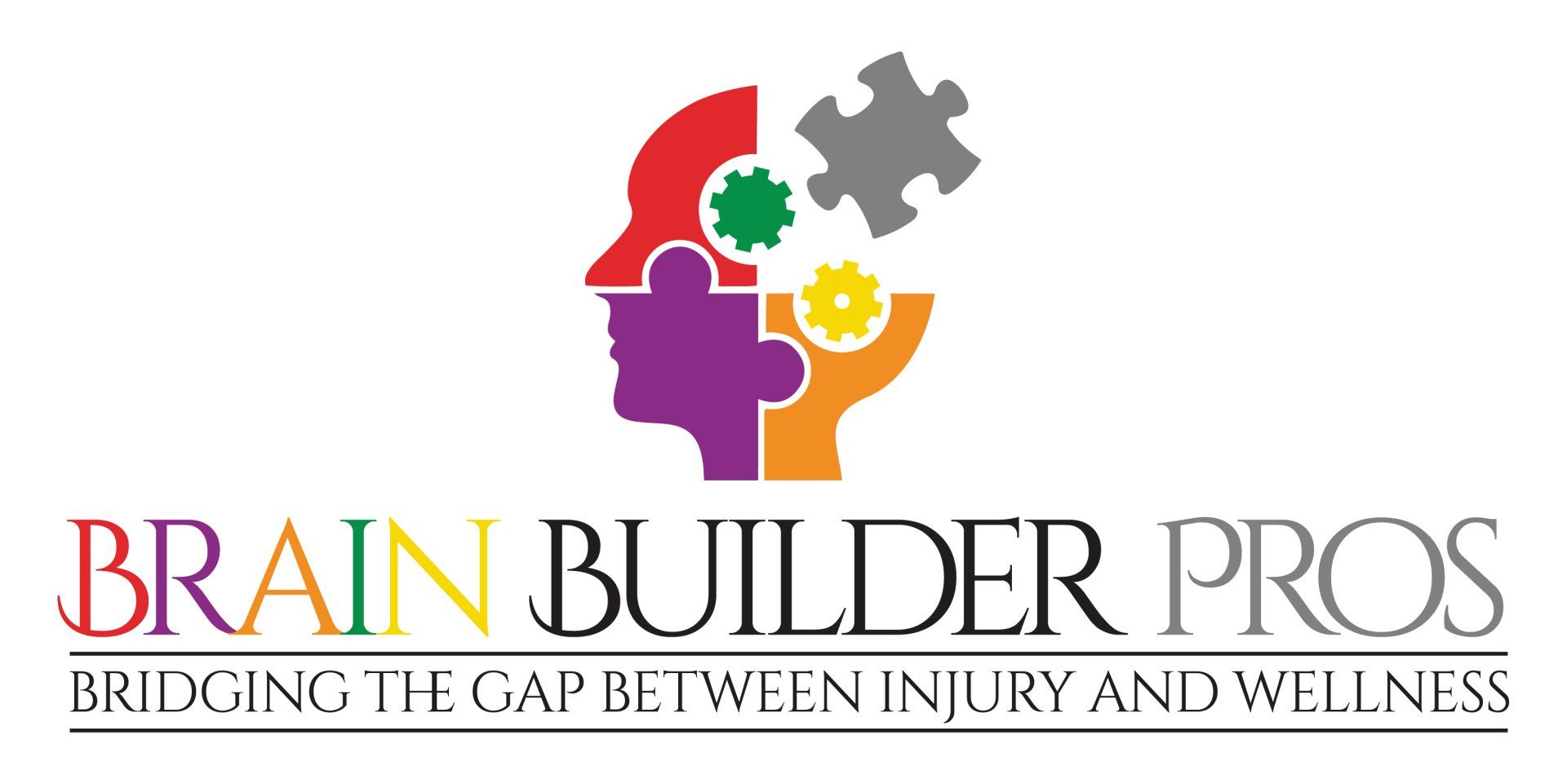Benefits of Beans
Pamela Redline
July 2022
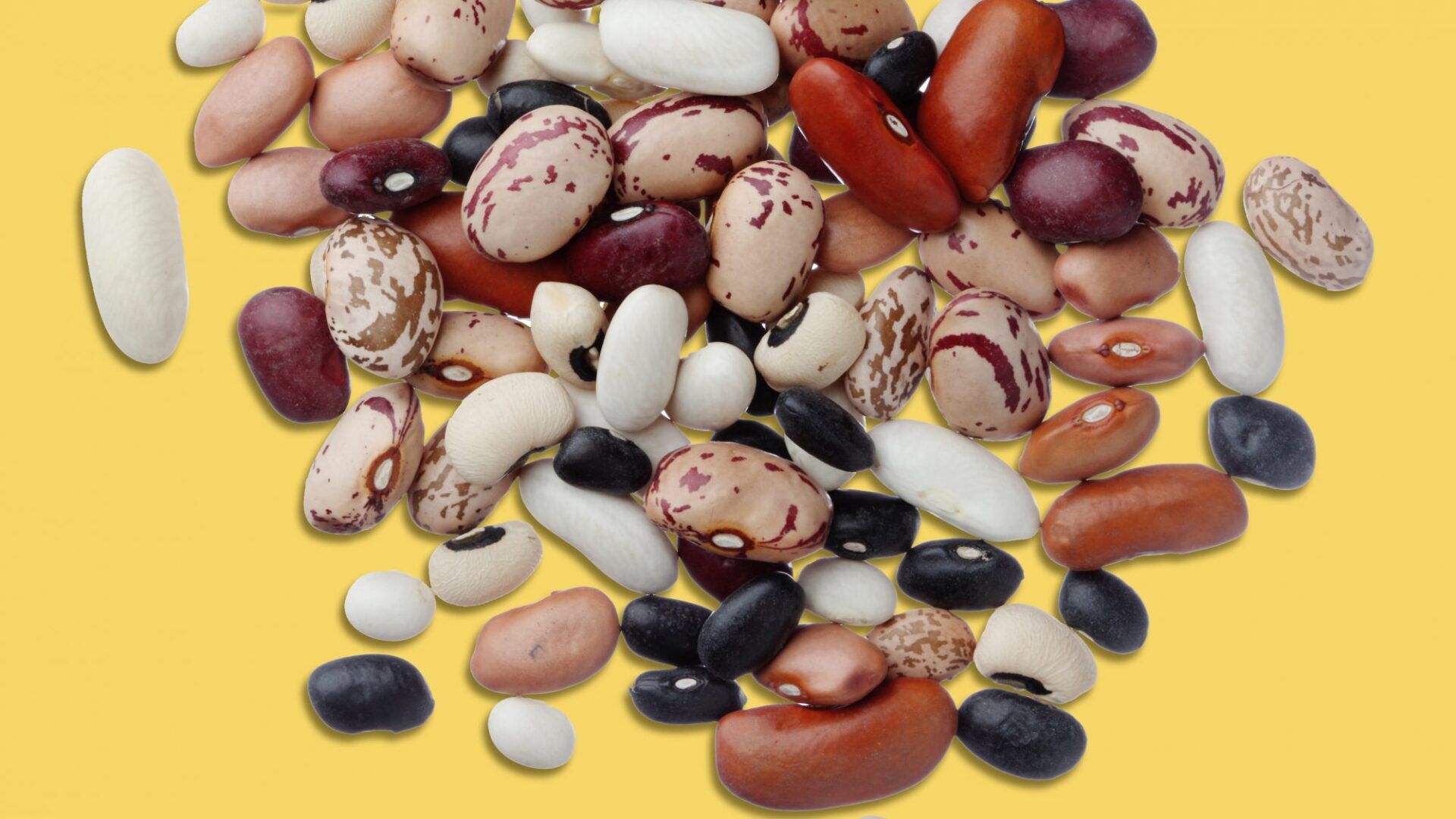
Decades ago, July was commissioned as National Baked Bean Month. Yes, this definitely seems like a good way to bring attention to a food item so that bean producers can pull in some extra sales. But, we at Redline Exercise Rx like to think of it as a time to focus on how beans in general can feed our bodies to keep us functioning through our daily activities.
Over the last few months, there has been a surge in prices for meat items. Additionally, many in the health industry have been promoting setting aside at least one day a week without eating a meat source, such as the catchy calling for Meatless Mondays. While we are not suggesting a vegan, vegetarian, or other plant-based diet is what you need to adopt, we acknowledge that the human body does not require meat at every single meal. An alternative option is beans. They are packed with nutrients and low in calories.
Some basic nutritional benefits that you may already know is that beans are rich in protein and fiber. Protein has long been known to help build muscle and control appetite by helping us feel fuller longer. Of course, the list can go on. The same can be said for fiber, which aids in digestion and feelings of satiety among other benefits. But, beans are also rich in a few other notable nutrients (Messina, 2014).
Potassium. Symptoms of a lack of potassium include fatigue, muscle cramps, muscle weakness, constipation, and an irregular heartbeat. Now, potassium is found in a variety of food, so we often do get our daily recommended value if we eat a relatively healthy diet. However, our kidneys work to excrete excess potassium, so it is rare to have a build up. Beans are a great way to renourish.
Thus, we must beware when we are involved in situations where our bodies loose potassium. This includes any moment when fluids are released from the body (Harvard, 2022a). Did you get in a good workout today? Are you sweating a bit more due to the extreme heat we are experiencing this time of year? When we are ill and experiencing vomiting or diarrhea, we are losing excess fluids and most likely potassium as well.
Folate. You may be familiar with this nutrient as it is essential for the development of the nervous system during the embryonic period, which is why pregnant women are encouraged to monitor their intake of folate. However, even after birth, sufficient amounts of folate are necessary as it helps the body produce red blood cells.
One note about beans is that the soak time for dried beans will affect the levels of folate present. Doing a quick-soak of beans can lead to a loss of the nutrient. When preparing dried beans, it is recommended to use a “slow-soak method and a cooking method that prepares beans in 150 minutes or less” (Garden-Robinson & McNeal, 2019).
Iron. Too tired to work out today? Struggling with your focus? Fatigue, lightheadedness, memory issues, brain fog, all of these are symptoms of low levels of iron. Everyone is susceptible to iron deficiency anemia, but women are more prone than men, especially when they are of child bearing age. Additionally, children and the elderly, regardless of gender, are also more at risk (Harvard, 2022b).
Heme and non-heme iron are available from food sources. Heme iron is available solely from meat sources, but non-heme iron is an attribute of plants. Thus, we can obtain non-heme iron from the plants themselves, or plant eating animals. When it comes to beans then, we can get our fill of non-heme iron. However, combining beans with certain whole grains, legumes, seeds, teas, or coffee (those specifically containing phytates and tannins) can decrease the levels of non-heme iron absorbed by the body. Instead, pairing beans with vegetables rich in vitamin C can improve absorption. Adding in a bit of meat (for the heme iron) to the vitamin C rich foods can be another option to further improve absorbtion.
Zinc. We heard a lot about zinc during the height of the pandemic because of its ability to support a strong and healthy immune system, something which we should always be working to strengthen (Harvard, 2022c). But, zinc has many other benefits, including providing necessary aid in cell growth and creation as well as helping in the production of collagen (maintaining elasticity in our skin as we age as well as healthy joints).
Zinc also plays a major role in two of our senses: taste and smell. Thus, common symptoms of low levels of zinc include a loss of taste or smell. They also include feelings similar to depression, falling to illness more frequently, and hair loss. Zinc supplements can be taken, but we must be aware of our levels as an abundance of zinc can lead to toxicity. Zinc coming from natural food sources like beans, however, has a low likelihood to lead to levels that are toxic to humans.
Magnesium. This nutrient is a major player in the nervous system (NIH, 2022). It also appears to play a role in certain diseases such as hypertension, cardiovascular disease, type 2 diabetes, and osteoporosis. Magnesium is even believed to play a part in healing migraine headaches, promoting better sleep, and decreasing anxiety levels. While there are many other benefits to list, a final one we will note is that studies have shown magnesium to hold anti-inflammatory properties (NIH, 2021).
Black beans are a great choice to increase magnesium levels as they contain 60 mg per ½ cup serving. The same serving size of kidney beans offers a little less than half at 35 mg. However, these numbers far outdo other food items such as chicken (22 mg per 3 oz. serving), beef (20 mg per 3 oz. serving), broccoli (12 mg per ½ cup serving), or an apple (9 mg per serving.
Overall, beans are packed with essential nutrients to keep our bodies functioning at their best. Including beans in meals can be simple, either by adding them as a side dish or turning them into a main dish. Some benefits of this simple addition include supporting the prevention of heart disease, diabetes, and obesity (Garden-Robinson & McNeal, 2019).
Watch for our weekly Quick Reads to find some new recipes focusing on specific beans this month.
References:
Garden-Robinson & McNeal, 2019
https://www.ndsu.edu/agriculture/sites/default/files/2022-06/fn1643.pdf
Harvard, 2022a https://www.hsph.harvard.edu/nutritionsource/potassium/
Harvard, 2022b https://www.hsph.harvard.edu/nutritionsource/iron/
Harvard, 2022c https://www.hsph.harvard.edu/nutritionsource/zinc/
Messina, 2014 https://academic.oup.com/ajcn/article/100/suppl_1/437S/4576589?login=false
NIH, 2022 https://ods.od.nih.gov/factsheets/Magnesium-HealthProfessional/
NIH, 2021 https://www.ncbi.nlm.nih.gov/pmc/articles/PMC7915747/


